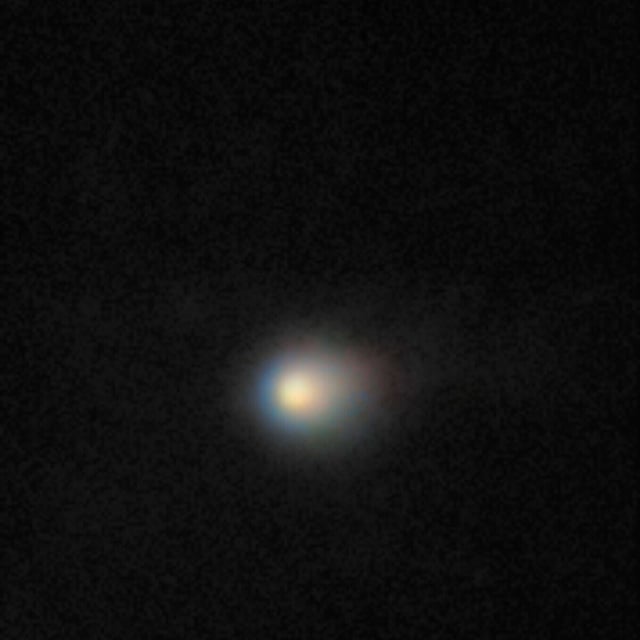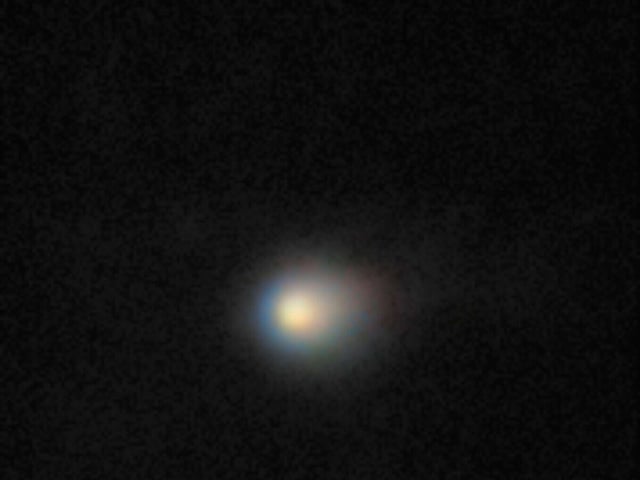Overview
- A team led by astronomer Karen Meech at the International Gemini Observatory used the Hawaii-based Gemini North telescope to capture detailed images of the comet’s pronounced coma of gas and dust.
- With an estimated nucleus diameter of 20 kilometers, 3I/Atlas is substantially larger than the two previous interstellar visitors, ʻOumuamua and 2I/Borisov.
- The object follows a highly elongated hyperbolic trajectory and currently glides near Jupiter’s orbit at about 465 million kilometers from Earth.
- It is projected to skim roughly 210 million kilometers from the Sun in late October at about 25,000 km/h, and its closest Earth approach of approximately 270 million kilometers is expected on December 19.
- Scientists worldwide are coordinating spectroscopic and imaging campaigns to probe the comet’s composition and activity before it departs the solar system for ever.

